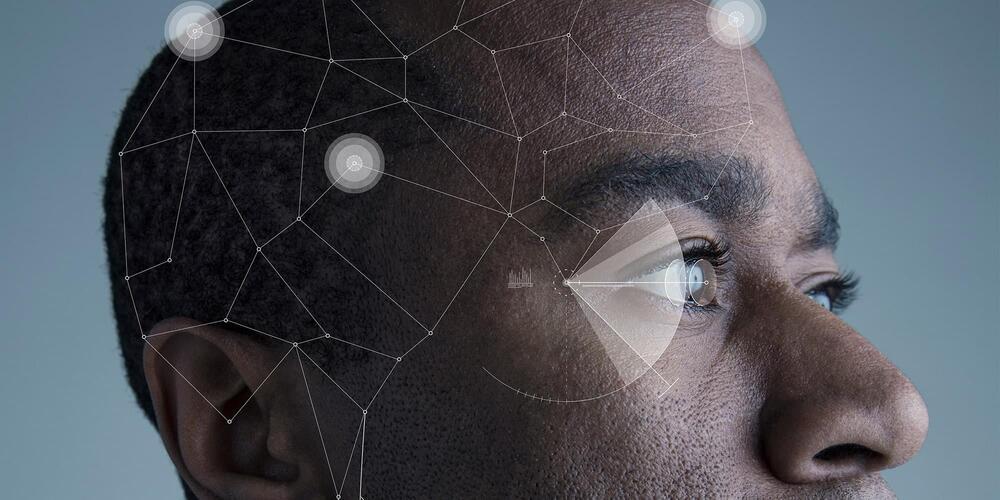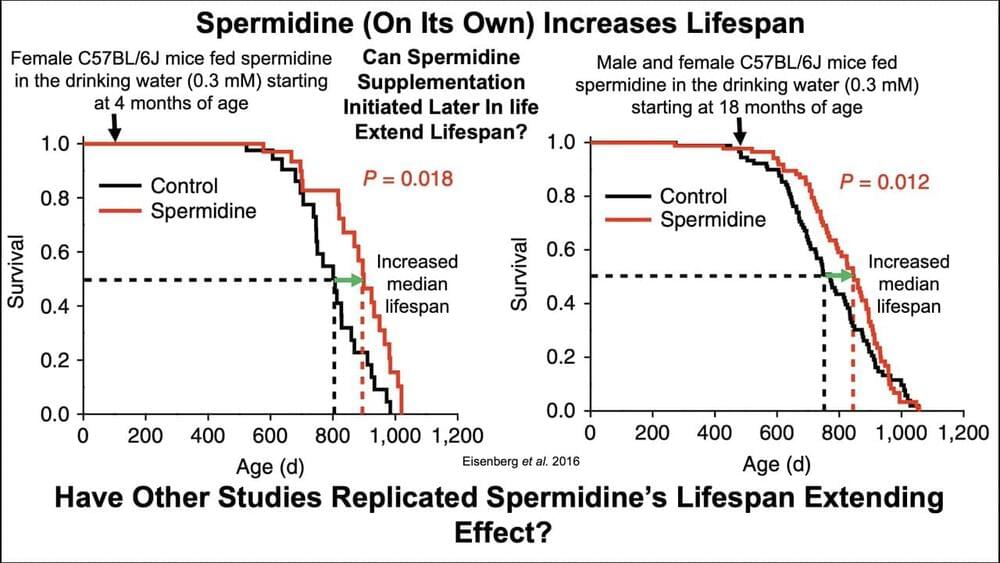Google’s cybersecurity team warns that this is neither the first nor the last time.
Cryptomining is a very energy-intensive process with analysis by the University of Cambridge showing that Bitcoin consumes more electricity than the entire country of Argentina. Now, Google has released a new report stating that malicious cryptocurrency miners are using hacked Google Cloud accounts for mining purposes.
The report is called “Threat Horizons” and it aims to help organizations keep their cloud environments secure.
“While cloud customers continue to face a variety of threats across applications and infrastructure, many successful attacks are due to poor hygiene and a lack of basic control implementation. Most recently, our team has responded to cryptocurrency mining abuse, phishing campaigns, and ransomware,” wrote Google in an executive summary of the report.
“Given these specific observations and general threats, organizations that put emphasis on secure implementation, monitoring, and ongoing assurance will be more successful in mitigating these threats or at the very least reduce their overall impact.”
Full Story:









